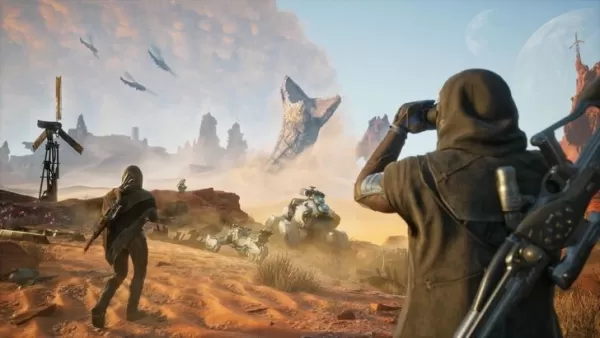The Screen Actors Guild - American Federation of Television and Radio Artists (SAG-AFTRA) has provided an update to its members regarding ongoing negotiations over AI protections for video game actors. While progress has been made, SAG-AFTRA remains "frustratingly far apart" from the industry bargaining group, which represents major AAA gaming companies, on several key issues.
SAG-AFTRA has shared a detailed chart outlining the discrepancies between its proposals and those of the bargaining group. Key unresolved issues include:
Protection from Digital Replicas and Generative AI: SAG-AFTRA seeks protection for all work, not just future work post-agreement. They propose a broad definition of "digital replica" that includes any performance, vocal or movement, "readily identifiable or attributable to" a performer. In contrast, the bargaining group prefers the term "objectively identifiable," which SAG-AFTRA believes could exclude many performances.
Inclusion of Movement Performers: SAG-AFTRA wants to include movement performers in the generative AI agreement, a proposal not yet accepted by the bargaining group.
Terminology for AI-Generated Performances: SAG-AFTRA proposes using "real-time generation," while the bargaining group suggests "procedural generation," which SAG-AFTRA argues has a different meaning in gaming.
Disclosure Requirements: SAG-AFTRA demands that employers disclose if they blend voices to create digital replicas or if a voice will be used for real-time chatbots with unscripted dialogue. The bargaining group has not agreed to these disclosures.
Consent During Strikes: SAG-AFTRA wants to withdraw consent for digital replica use during strikes, whereas employers wish to continue using them, including on struck games.
Duration of Consent for Real-Time Generation: SAG-AFTRA proposes a five-year limit on consent, renewable thereafter, while the bargaining group seeks unlimited consent.
Compensation for Digital Replicas: There are multiple disagreements on minimum pay for digital replica creation and use, though tentative agreement has been reached on bonus pay calculations.
Bonus Rights for Employers: The bargaining group's proposal, inspired by the TV/Film agreement, would grant employers additional rights (like easier scheduling and unlimited overtime) upon paying a premium. SAG-AFTRA finds this proposal too broad and potentially circumventing union rights.
Tracking Digital Replica Use: SAG-AFTRA wants to implement a tracking system to ensure performers are paid appropriately, but the bargaining group deems this infeasible and only open to discussion.
Regulation of Synthetic Performers: Specific definitions and regulations for characters created entirely by generative AI remain unresolved.
Despite these significant differences, the two groups have tentatively agreed on several other issues, including bonus pay, dispute resolution, minimum compensation elements, consent requirements, and certain disclosures. However, SAG-AFTRA's national executive director and chief negotiator, Duncan Crabtree-Ireland, expressed concern that the bargaining employers are misrepresenting their proximity to a deal. He warned members against taking roles that could undermine the strike and expose them to AI misuse without protections.
In response, Audrey Cooling, spokesperson for the video game industry bargaining group, stated that they have proposed a deal with over 15% wage increases for SAG-AFTRA performers, enhanced health and safety protections, and industry-leading terms for AI digital replicas, expressing eagerness to return to negotiations.
The SAG-AFTRA video game strike, now in its eighth month, was triggered by disagreements over AI provisions, with 24 out of 25 other contract proposals having been agreed upon. The impact of the strike is becoming evident in games like Destiny 2 and World of Warcraft, where some NPCs are unvoiced, and in cases like League of Legends and Call of Duty: Black Ops 6, where voice actors were recast. Recently, two Zenless Zone Zero voice actors discovered their replacement through patch notes, highlighting the ongoing effects of the strike on the industry.

 LATEST ARTICLES
LATEST ARTICLES 











